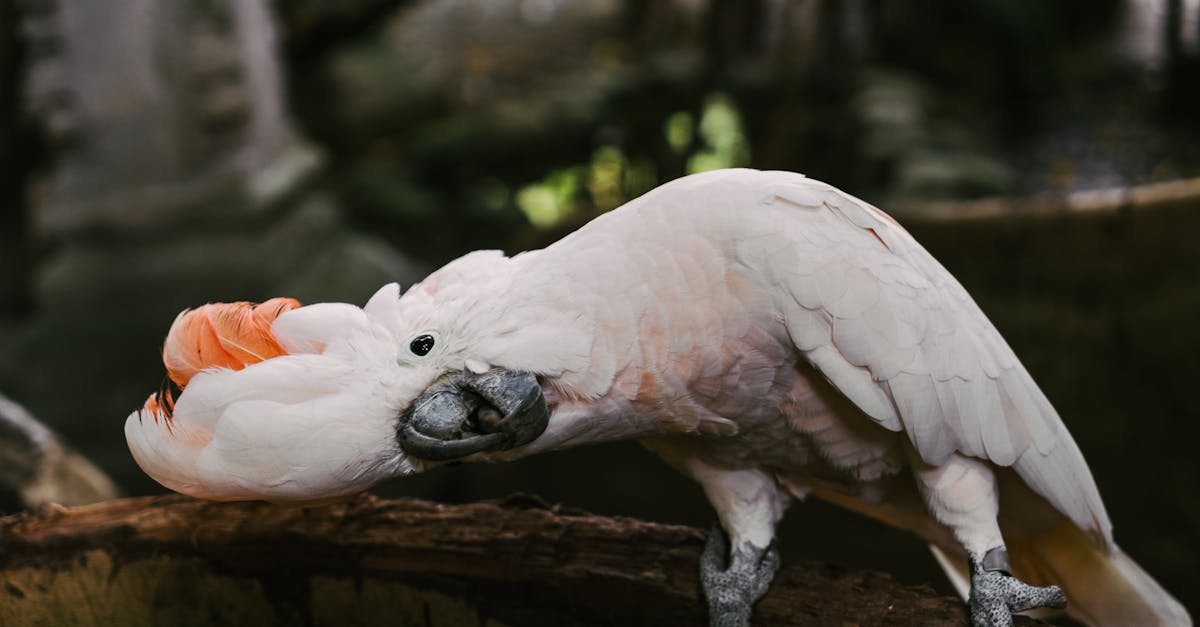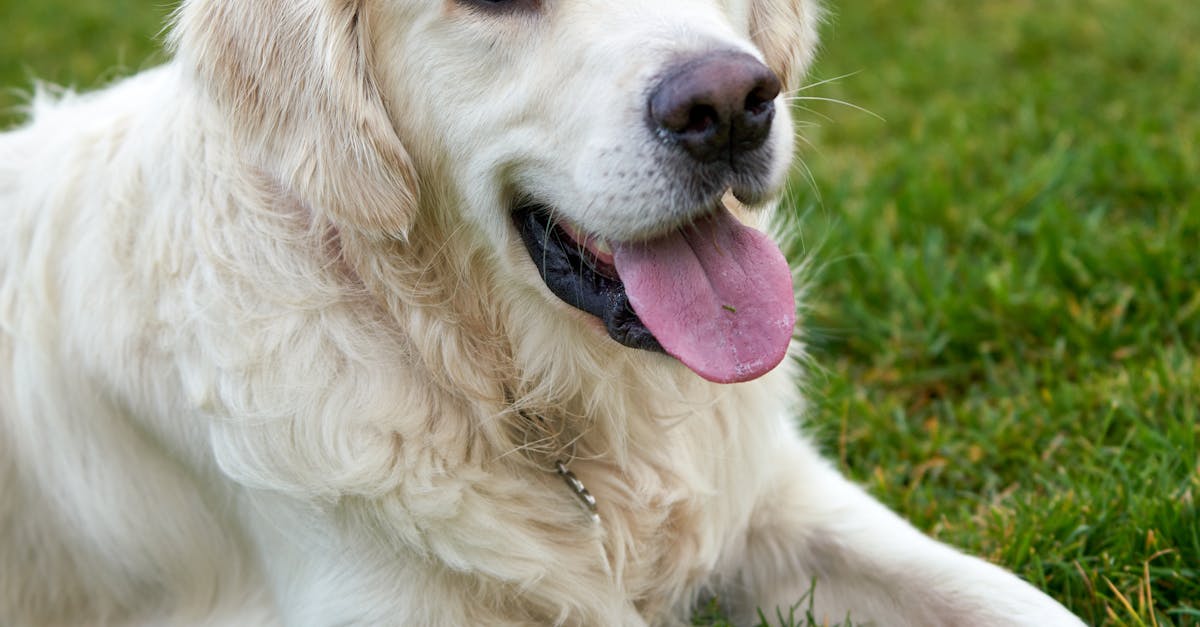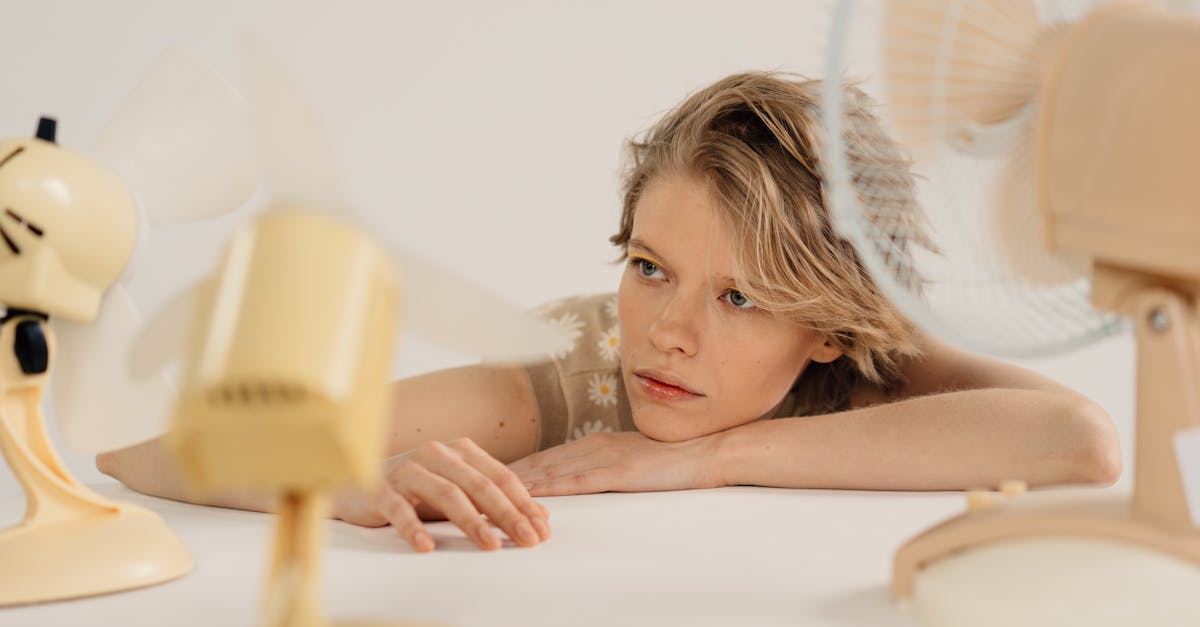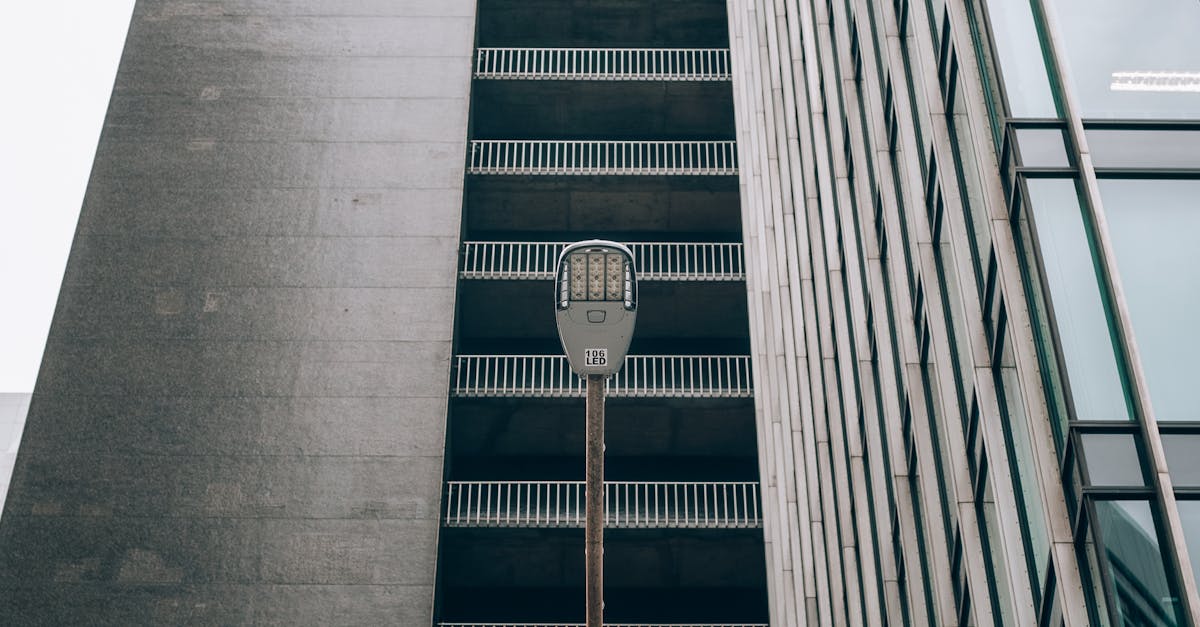
How To Care For A Pet Parakeet
- October 03, 2024
- 3 min Read
- Views 171
How to Care for a Pet Parakeet
Parakeets, also known as budgerigars or budgies, are small, colorful birds that make delightful pets. These sociable and intelligent creatures can provide years of companionship and joy. Learning how to care for a pet parakeet is essential to ensure its happiness and health.
Setting Up a Comfortable Living Space
One of the first steps in understanding how to care for a pet parakeet is establishing a comfortable and stimulating environment. The cage is the parakeet's home, so it should be spacious enough to allow movement, flight, and exploration. Ideally, the cage should be at least 18 inches wide, 18 inches deep, and 24 inches high.
Equip the cage with perches of different thicknesses to promote healthy foot development. Natural wood perches are preferable to prevent foot problems. Provide a variety of toys such as mirrors, bells, and swings to keep your parakeet entertained and mentally active. Ensure the cage is placed in a well-lit area, away from drafts and direct sunlight, which can cause heat stress.
Providing a Nutritious Diet
Diet is a crucial component when learning how to care for a pet parakeet. A varied and balanced diet will keep your parakeet healthy and energetic. Parakeets thrive on high-quality pellet-based diets supplemented with fresh vegetables, fruits, and occasional seeds.
Include leafy greens such as spinach and kale, as well as fruits like apples and berries, but ensure they are given in moderation. Avoid feeding them avocado, chocolate, or caffeine, as these can be toxic to parakeets. Fresh, clean water should always be available, and remember to change it daily and clean the food and water dishes regularly.
Ensuring Physical and Mental Stimulation
A key aspect in understanding how to care for a pet parakeet is recognizing their need for mental and physical exercise. Parakeets are social, active birds requiring daily interaction and out-of-cage time. Establish a routine for socializing with your parakeet to foster a strong bond.
Allow your parakeet to fly outside the cage in a controlled, safe environment. Ensure windows are closed and potential hazards are removed. Supervised flight time helps maintain their physical health and provides essential mental stimulation. Additionally, teaching them tricks and providing interactive toys can help keep their minds sharp.
Guide Steps
- Research: Before adopting a parakeet, research their needs and ensure you're ready for the commitment.
- Cage Setup: Choose an appropriate cage size with various perches and toys.
- Diet Planning: Provide a balanced diet with pellets, fresh fruits, and vegetables.
- Health Care: Regularly check for signs of illness such as changes in eating habits, feather condition, or behavior.
- Social Interaction: Spend time daily interacting with your parakeet through speech and play.
- Hygiene: Clean the cage weekly and change the paper at the bottom daily. Clean food and water dishes regularly.
Frequently Asked Questions (FAQ)
Q: How often should I clean my parakeet's cage?
A: You should clean your parakeet's cage once a week, and change the paper lining daily to maintain a hygienic environment.
Q: Can parakeets eat seeds as their main diet?
A: While seeds can be part of their diet, they should not be the main component. A balanced diet rich in pellets and fresh produce is ideal.
Q: How do I know if my parakeet is healthy?
A: Signs of a healthy parakeet include bright eyes, smooth feathers, and an active, social demeanor. Regular veterinary check-ups are also recommended.
Tags
#PetCare #ParakeetCare #Birds #Budgie #PetBirdHealthReferences
People Also View
-
1October 01, 2024
-
2October 09, 2024
-
3October 02, 2024
-
4October 09, 2024
-
5October 01, 2024
Categories
- Near Me 2147 Posts
- How To 548 Posts
- Where To 257 Posts
- Why 90 Posts
- How Much 97 Posts
- Travel 202 Posts
- Food And Drink 815 Posts
- Shopping 797 Posts
- Lifestyle 1050 Posts
- Automotive 364 Posts
- Digital Income 70 Posts








